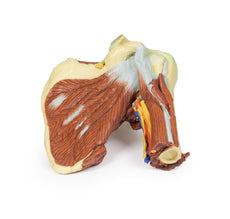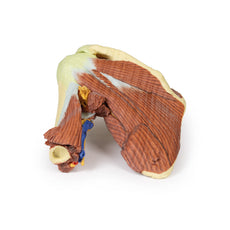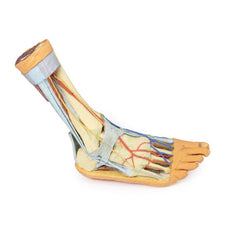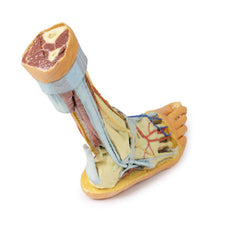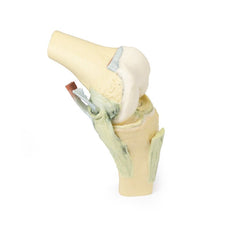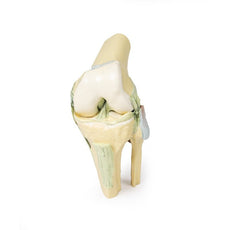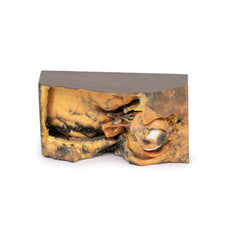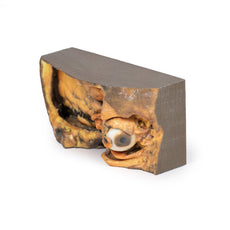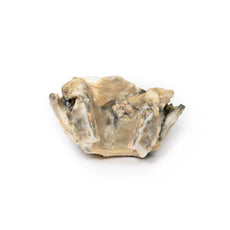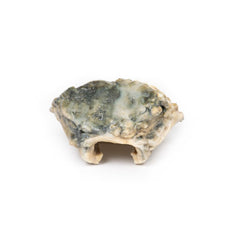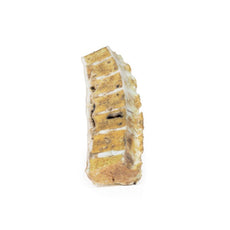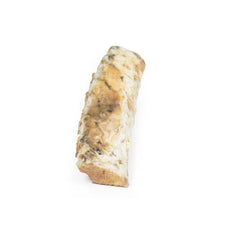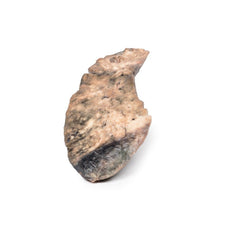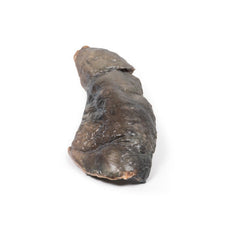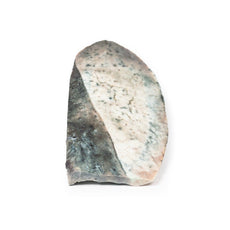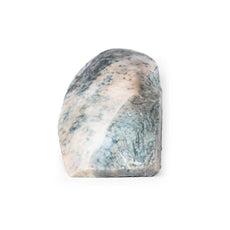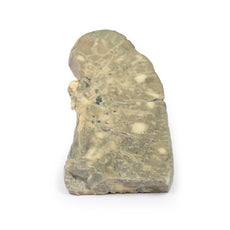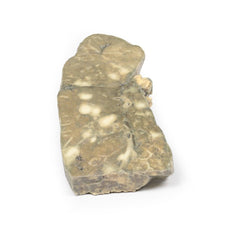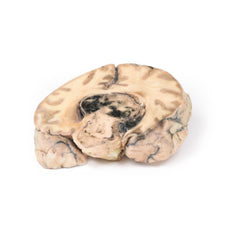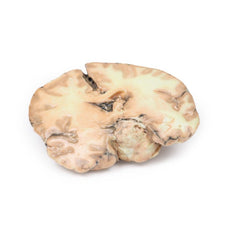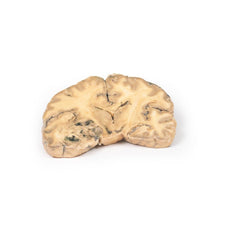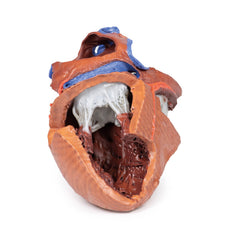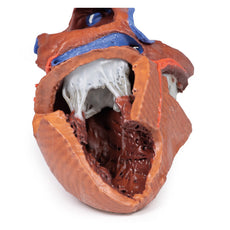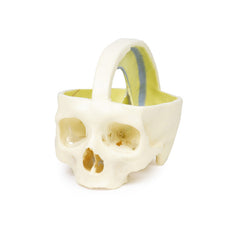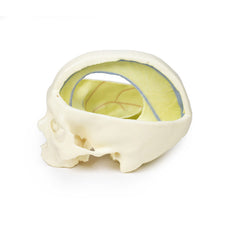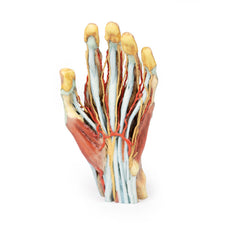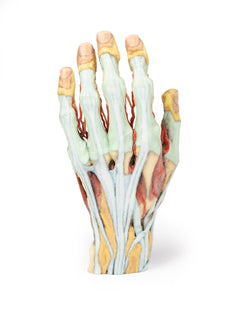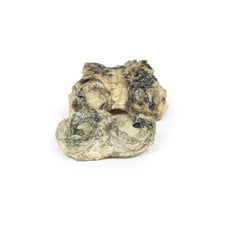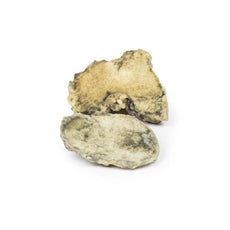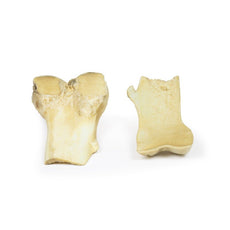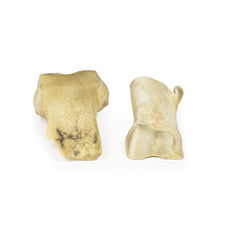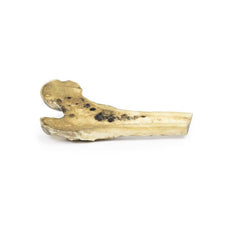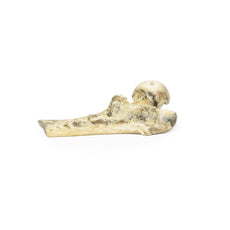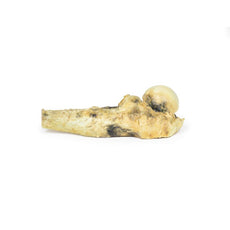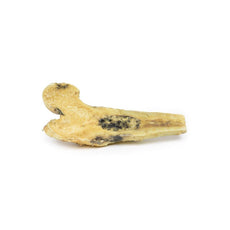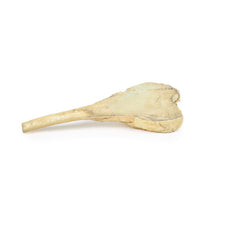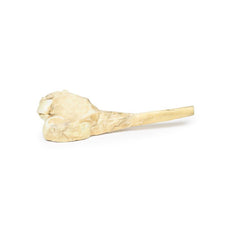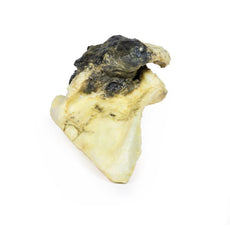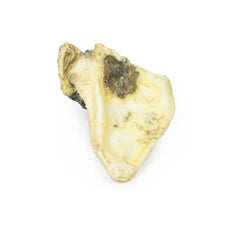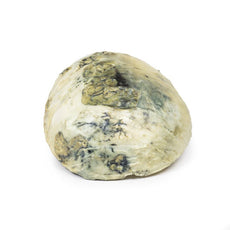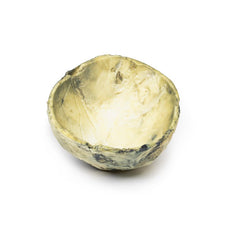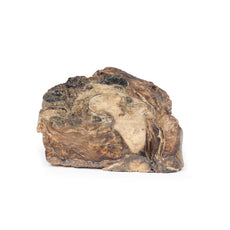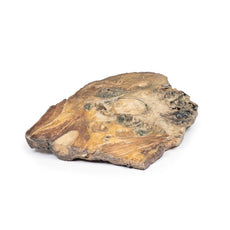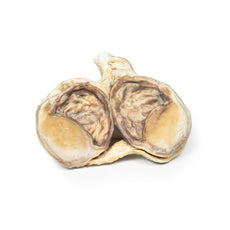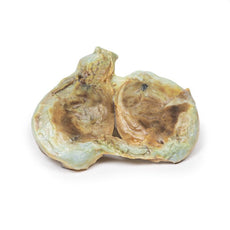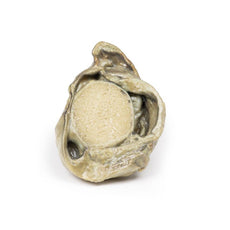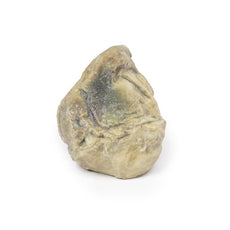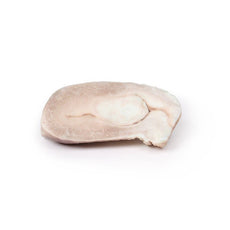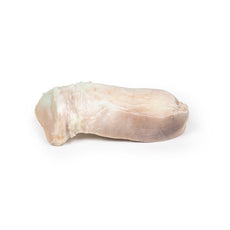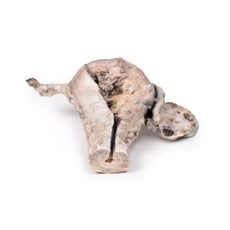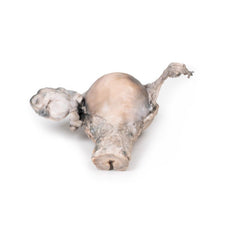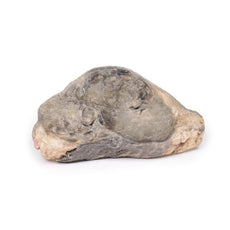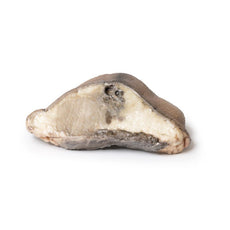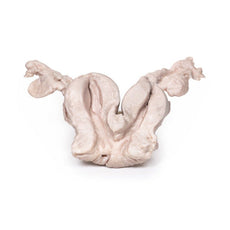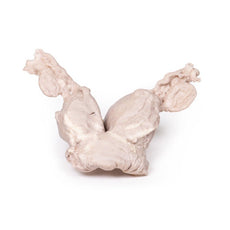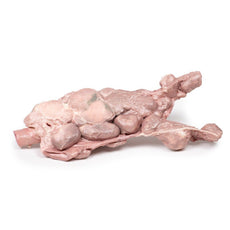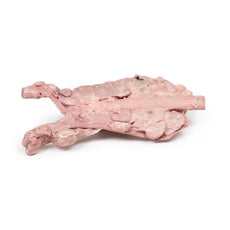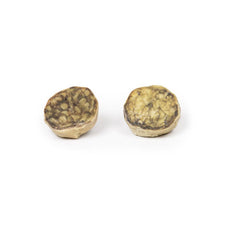Your shopping cart is empty.
3D Printed Nodular Hyperplasia of the Prostate
Item # MP2108Need an estimate?
Click Add To Quote

-
by
A trusted GT partner -
3D Printed Model
from a real specimen -
Gov't pricing
Available upon request
3D Printed Nodular Hyperplasia of the Prostate
Clinical History
A 63-year old male presented to the emergency departed with acute abdominal
pain. He has been unable to pass urine for 5 days. Further questioning revealed a 2-year history of urinary
frequency, double void, urinary hesitancy, nocturia and a poor urine stream. Abdominal examination showed a tender
distended bladder and an enlarged palpable prostate on digital rectal examination. A bedside bladder scan
demonstrated a volume of >1L in the bladder. Blood tests shows a severe acute kidney injury. He is diagnosed with
acute renal failure due to acute urinary retention. There were multiple failed attempts at catheterising the patient
via the urethra and suprapublically. A total prostatectomy was performed and he made a good recovery.
Pathology
The specimen is an enlarged prostate gland sliced transversely to display the external
and cut surfaces, On the cut surface there are numerous nodules varying in size from 2-10mm in diameter. This is an
example of benign nodular hyperplasia (BPH) of the prostate gland.
Note
Benign prostatic hyperplasia (BPH) or nodular hyperplasia of the prostate is a common
disease in older men. BPH is caused by nodular hyperplasia of prostatic stromal and glandular epithelial cells
primarily in the periurethral prostate. Hyperplasia is a result of accumulation of senescent cells due to impaired
cell death and cell proliferation driven by androgens, mainly dihydrotesterone. Disproportionate enlargement of the
median lobe is a common feature of nodular hyperplasia of the prostate. The projecting median lobe may occlude the
internal urethral orifice on contraction of the bladder.
Prevalence of BPH increases significantly with age. BPH is present in 20% of males at 40 years of age, 70% of males
of 60 year of age and almost 90% of males by the age of 80. There is an increased risk of BPH in men with a positive
family history of BPH, in obese males and exposure to exogenous androgenic-anabolic steroids.
Clinical
presentation of BPH results from urinary obstructive symptoms. Patients complain of urinary frequency, nocturia,
urinary hesitancy, double voiding, poor urinary stream and overflow dribbling. Acute urinary retention may result
from complete urinary tract obstruction as in the case discussed above. Post void residual urine results from the
obstructing prostate which leads to an increased risk of urinary tract infections.
Diagnosis can be made on clinical history and physical examination of the prostate with a digital rectal exam. Prostate specific antigen may be used to screen for prostate cancer. Ultrasound scan or CT can be used to evaluate the volume of the prostate. Treatment of BPH can be treated medically with Alpha-blockers to relax the prostate smooth muscle tone or 5-alpha-reductase inhibitors, which inhibit synthesis of dihydrotesterone. The main surgical treatment for severe cases of BPH is transurethral resection of the prostate (TURP). Total prostatectomy is no longer used due to risk of disabling complications.
Download: Handling Guidelines for 3D Printed Models
Handling Guidelines for 3D Printed Models
GTSimulators by Global Technologies
Erler Zimmer Authorized Dealer
The models are very detailed and delicate. With normal production machines you cannot realize such details like shown in these models.
The printer used is a color-plastic printer. This is the most suitable printer for these models.
The plastic material is already the best and most suitable material for these prints. (The other option would be a kind of gypsum, but this is way more fragile. You even cannot get them out of the printer without breaking them).The huge advantage of the prints is that they are very realistic as the data is coming from real human specimen. Nothing is shaped or stylized.
The users have to handle these prints with utmost care. They are not made for touching or bending any thin nerves, arteries, vessels etc. The 3D printed models should sit on a table and just rotated at the table.








